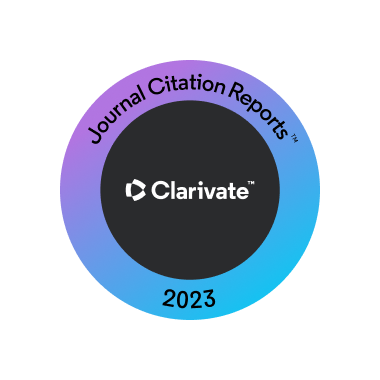Articles
Soft and Hard tissues analysis around tissue level implants with laser microtextured neck: a 12-month pilot study
Objectives: A flapless tissue level minimally invasive technique has been proposed for rehabilitation procedures with implants characterized by a laser modified neck surface. A promising computer-controlled laser microtextured technique which creates an implant neck surface with cell-sized microchannels has been developed. This preliminary clinical study aimed to evaluate soft and hard tissues modification around implants with Laser microtextured neck.
Materials and methods: Tapered tissue level implants, characterized by 2.0 mm Laser-treated surface neck were placed in healthy consecutive patients using a flapless technique. After 3 months customized abutments and provisional resin crowns were applied. Definitive metal-ceramic crowns were cemented approximately after 4 months from implant placement. Periapical Rx were taken after 1, 3 ,6 and 12 months from placement to evaluate marginal bone level (MBL). Gingival biotype (thin/thick) was measured before surgeries. Plaque score (PS) and Bleeding on probing (BoP) were evaluated on 4 sites (buccal, oral, mesial, distal) at 3, 6 and 12 months follow-up. Dichotomous scores were used
(0=absence, 1=presence) for both parameters. Gingival biotype (thin/thick) was also recorded.
Results: A total of 31 implants were placed in consecutive 26 patients (15F, 11M, mean age 61±8 years). All implants were safe from complications. After 12 months positive low BoP was observed (7.12% of total sites) while PS was positive in 11.7%of total sites.Mean MBL (expressed as mm ± SD) was -0.15 ± 0.18 at 1 month, -0.25 ± 0.29 at 3 months and -0.41 ± 0.31 at 6 months and -0.49 ± 0.45 at 12 months.
Conclusion: A stable crestal bone with minimal loss was observed during the 12 months observation period. Clinical parameters resulted stable during the pre-loading and post-loading period.
Clinical Significance: The implant analyzed in this study placed with a minimally invasive tissue level technique showed minimal inflammatory response during the healing phases.






